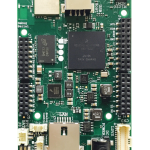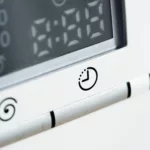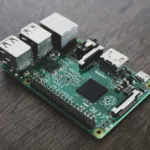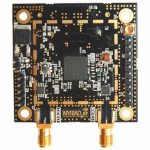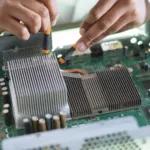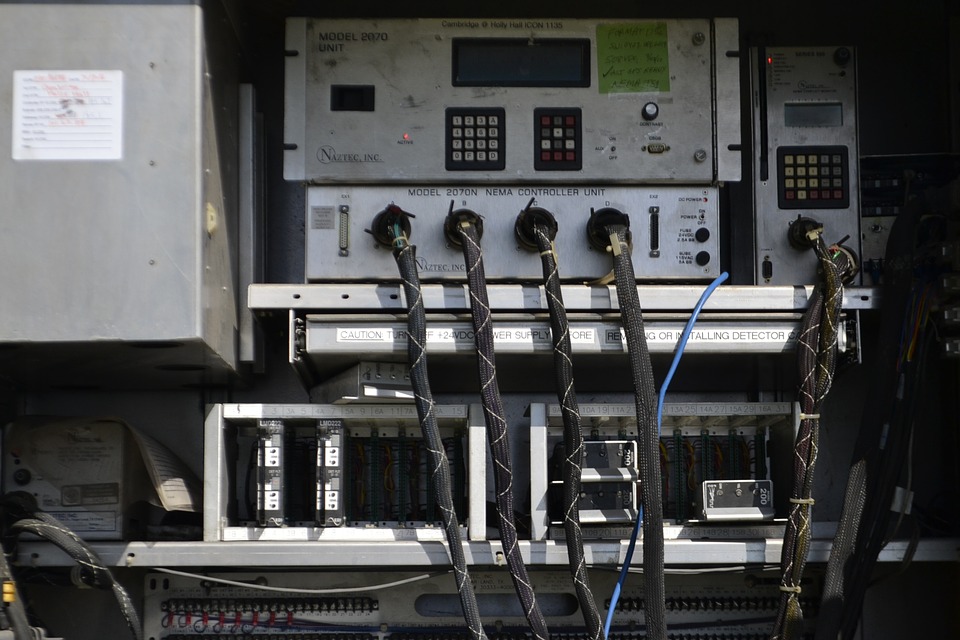
Digital signal processing
Have you used your cell phone lately? How about room correction in your hi-fi system? Well then, you have already witnessed Digital Signal Processing (DSP) in play. Digital signal processing is the process of digitizing real-world signals like temperature, audio, and pressure and then manipulating them mathematically using complex algorithms and conversion software. The information is then represented as discrete frequency, time or space so that it can be processed digitally. In the real world, analog-to-digital converters are used to convert analog signals like sound, pressure, temperature or light into 0’s and 1’s.
Components of Digital Signal Processor
A DSP contains four key components which include;
Compute machine: This performs the mathematical manipulations. It accesses a task or program from the Program memory and the data from Data memory.
Data Memory: This where the information to be processed is stored. This component works in tandem with the program memory.
Program memory: The program memory stores the programs or tasks to be used by the DSP in processing, compressing or manipulating data.
Input/Output: I/O can be used for numerous things depending on where the DSP is being used. It can be used for timers, serial ports, external ports and for connection to the outside world.
Analog-to-Digital Converter (ADC) and Digital-to-Analog Converter (DAC)
Electrical and electronic components are used in many facets of our daily lives. ADCs and DACs are critical components in any type of DSP in any fields. Both of them are necessary for in the conversion of real-world signals so as to allow digital equipment to pick up analog signals and process them.
Example of how DAC and ADC work
To understand hoe ADCs and DACs work, let us look at the example of an mp3 player. During recording, the analog audio passes through a microphone and amplifier. It then goes to the ADC where the collected analog signal is converted to a digital signal and then passed to the DSP which then processes the digital signal based on its internal algorithm before encoding it as an MP3. The DSP then finally saves the file to memory. A good example of a DAC is the digital ramp ADC
When playing, DSP decodes the MP3 file from the memory. It then passes the digital signal to the DAC, which converts the signal to analog form. After amplification, the analog signal is output through a speaker. The DSP also handles user interfacing, level control, and equalization if need be.
Applications of Digital Signal Processors
There exist many variants of digital signal processors based on the functions they are intended to perform. What function a DSP can and cannot perform is determined by how it filters its inputs. DSPs can be used to perform the following functions
- Audio signal processing
- Digital image processing
- Audio and Video compression
- Speech processing and recognition
- Radar applications
Importance of Digital Signal Processing
-
Hearing protection
Digital signal processing adds value to ear protection through suppressing unnecessary noise without blocking the speech signal. This is particularly important in industrial environments where there is a lot of noise, DSP protects users from the noise without hampering communication.
-
Efficiency
DSPs have made it possible to accommodate numerous functions within small, low power, smart devices. For example, you can have voice and image on a small device. DSPs offer infinite opportunities for achieving low power efficiency.
-
Powerful
DSP systems make it possible to convert real-world signals into an environment where scientific and mathematical models are applied resulting in a powerful processing system.
Factor to consider when choosing a DSP
There are several factors that determine the data width, arithmetic format, memory organization and speed of a DSP. These factors include;
- Clock frequency
- RAM size
- Data bus width
- ROM size
- I/O voltage








